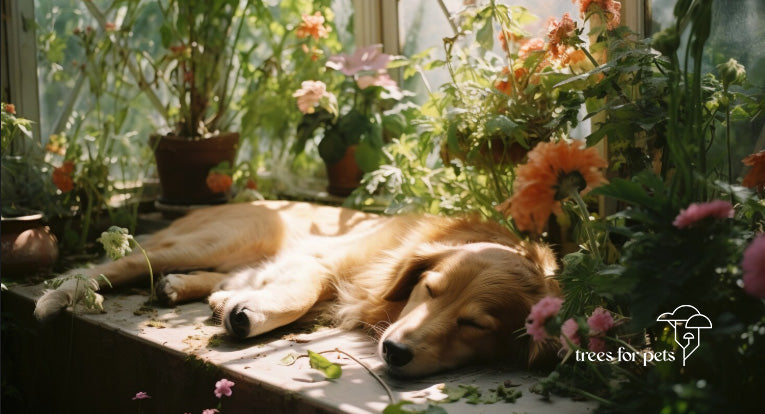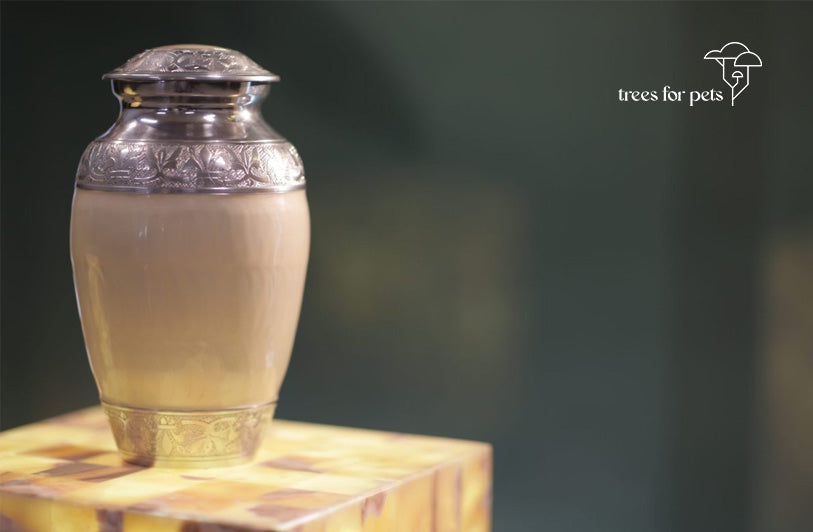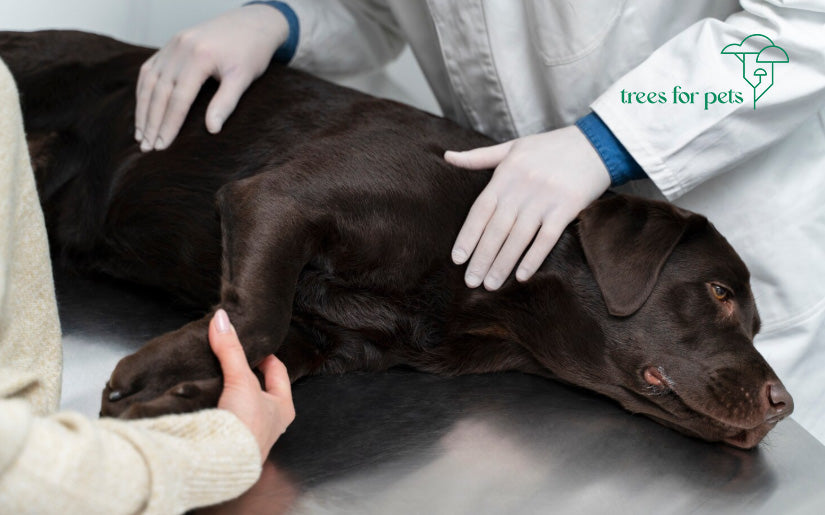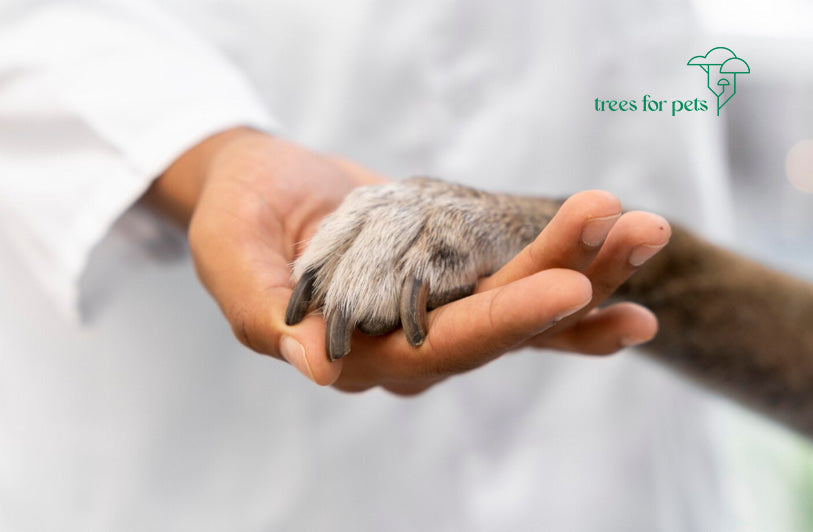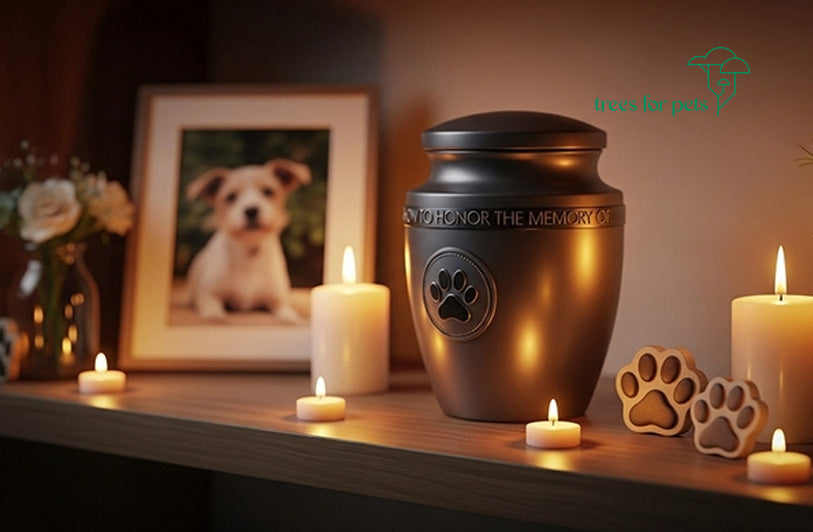Just like human, there are different ways to care for a pet funeral. Each option carries its own traditions, costs, and emotional significance. The three most common choices today are pet burial, pet cremation, and pet aquamation (also known as alkaline hydrolysis or “water cremation”).
In this article, we’ll explore each of these options with compassion—looking at what they involve, why families choose them, and how they might fit your values and wishes for your beloved friend.
Why Pet Funerals Matter
Before diving into the different types, it’s worth pausing to consider why pet funerals matter. Some people may ask, “It’s just an animal—why go to so much trouble?” But anyone who has loved a dog, cat, rabbit, bird, or any other companion knows that pets hold a place in our hearts equal to family.
A funeral or memorial:
- Acknowledges their importance in our lives.
- Provides closure during the grief process.
- Creates a sacred space to remember them with love.
- Honors their loyalty and the joy they brought us.
Choosing a funeral type is about more than logistics—it’s about finding a farewell that feels right for you and your pet.
Pet Burial
What It Involves
Pet burial is one of the most traditional and intimate ways to lay a pet to rest. Families may choose to bury their pet at home (if local council regulations allow) or in a dedicated pet cemetery.

At home, this might mean selecting a quiet, shaded part of the garden, perhaps near a favorite spot where your pet liked to nap. Some people mark the site with a stone, plant, or small plaque, turning it into a living pet memorial.
In a pet cemetery, burial is more formal and comes with professional care. Cemeteries provide plots, caskets, and maintenance, giving you a permanent place to visit.
Why Families Choose Burial
- Tangibility: Having a physical place to visit can be deeply comforting.
- Tradition: Burial echoes the way we often honor human family members.
- Connection to nature: Especially for home burials, it feels natural to return your pet to the earth.
Things to Consider
Regulations: Many local councils have rules about pet burial—such as how deep the grave must be or whether it’s allowed at all.
Future moves: If you bury your pet at home and later move, you may have to leave that resting place behind.
Cost: Home burials may be low-cost, but pet cemeteries often charge for plots, caskets, and upkeep.
Pet Cremation
What It Involves
Pet cremation is the most widely chosen option for pet funerals today. It involves using heat to reduce the body to ashes, which are then returned to the family in an urn, keepsake, or scattering vessel.
There are usually two types of cremation offered:
- Private (Individual) Cremation: Your pet is cremated alone, and you receive only their ashes.
- Communal Cremation: Multiple pets are cremated together. Families don’t receive ashes back, but the remains are often scattered in a respectful communal site.
Why Families Choose Cremation
- Flexibility: Ashes can be kept at home, scattered in a favorite place, or even made into pet memorial gifts such as jewelry or glass art.
- Simplicity: Cremation is often easier to arrange than burial, especially in urban areas where backyard burial may not be possible.
- Portability: If you move homes, you can bring your pet’s ashes with you.
Things to Consider
- Certainty: With private cremation, many families want reassurance that the ashes returned are indeed their pet’s. Reputable providers often have tracking systems or certificates.
- Emotional process: Some families find comfort in attending or witnessing the cremation; others may find this overwhelming.
- Cost: Private cremation usually costs more than communal cremation but provides the comfort of ashes returned.
You might interested in Top 10 Cremation for Pets in Australia

Pet Aquamation
What It Involves
Aquamation, or alkaline hydrolysis, is a newer and increasingly popular option. Instead of flame, aquamation uses a warm, gentle water-based solution and natural alkali salts to break down the body. The process mimics what happens in nature, only faster and in a controlled environment. What remains are ashes, similar to flame cremation, which are returned to the family.
Aquamation is often described as more gentle and eco-friendly compared to traditional cremation. It uses less energy and produces fewer emissions, making it appealing to families who care deeply about the environment.
Why Families Choose Aquamation
- Eco-conscious choice: Aquamation has a much smaller carbon footprint than flame cremation.
- Gentle process: Some families are comforted by the idea that their pet’s body is treated in a “water bath” rather than fire.
- Same outcome: You still receive ashes to keep, scatter, or memorialize.
Things to Consider
Availability: Aquamation isn’t yet available everywhere in Australia, though more providers are emerging each year.
Cost: Prices can be higher than traditional cremation, reflecting the newer technology.
Awareness: Because it’s less familiar, you may need to do extra research to find providers and understand the process.
Choose a pet funeral that feels right for you
When deciding between burial, cremation, and aquamation, it’s important to think about both practicalities and personal values:
Your Living Situation
Do you own your property and plan to stay long-term? Burial might be an option.
If you rent or expect to move, cremation or aquamation ensures you can take your pet’s remains with you.
Environmental Values
If sustainability matters to you, aquamation may feel like the right choice.
Emotional Needs
Do you want a physical gravesite to visit? Burial provides that.
Do you like the idea of keeping ashes close, in an urn or locket? Cremation or aquamation offers flexibility.
Budget
Communal cremation or home burial may be the most affordable.
Private cremation, aquamation, and cemetery burials often cost more but can provide additional peace of mind or ceremonial value.
My Personal Reflection
When I lost my dog, Max, a few years ago, I was overwhelmed by grief and unsure how to proceed. I wanted to honor him in a way that matched the love and joy he gave me. After much thought, I chose private cremation. I still keep his ashes in a small urn on my bookshelf, with his collar draped around it.
For me, cremation provided both closure and comfort. I can carry his memory with me, and when I move homes, Max still comes with me. Friends of mine chose aquamation for their cat because they felt strongly about reducing environmental impact, while another family buried their rabbit in their garden, beneath a tree where he loved to play.
Each choice was different, but each was equally valid and deeply meaningful.
Creating a Personal Farewell
Whatever type of funeral you choose, remember you can also create rituals or memorials that add personal meaning:
- Planting a memorial tree or flower.
- Holding a small ceremony with family or friends.
- Creating a scrapbook or photo album of your pet’s life.
- Engraving their name on a stone or keepsake.
These acts transform pet grief into remembrance and ensure your pet’s spirit remains alive in your heart.

Final Thoughts
Whether you choose burial, cremation, or aquamation, what matters most is that the farewell reflects your love and the bond you shared.
Your pet gave you a lifetime of loyalty, joy, and unconditional love. The way you choose to honor them—whether by returning them to the earth, keeping their ashes close, or choosing a gentle water-based process—is a final act of devotion.
In the end, pet funeral is not just about endings. They’re about love, gratitude, and the promise that though your pet may be gone physically, they live on in your memories, your heart, and the stories you’ll carry forever.

